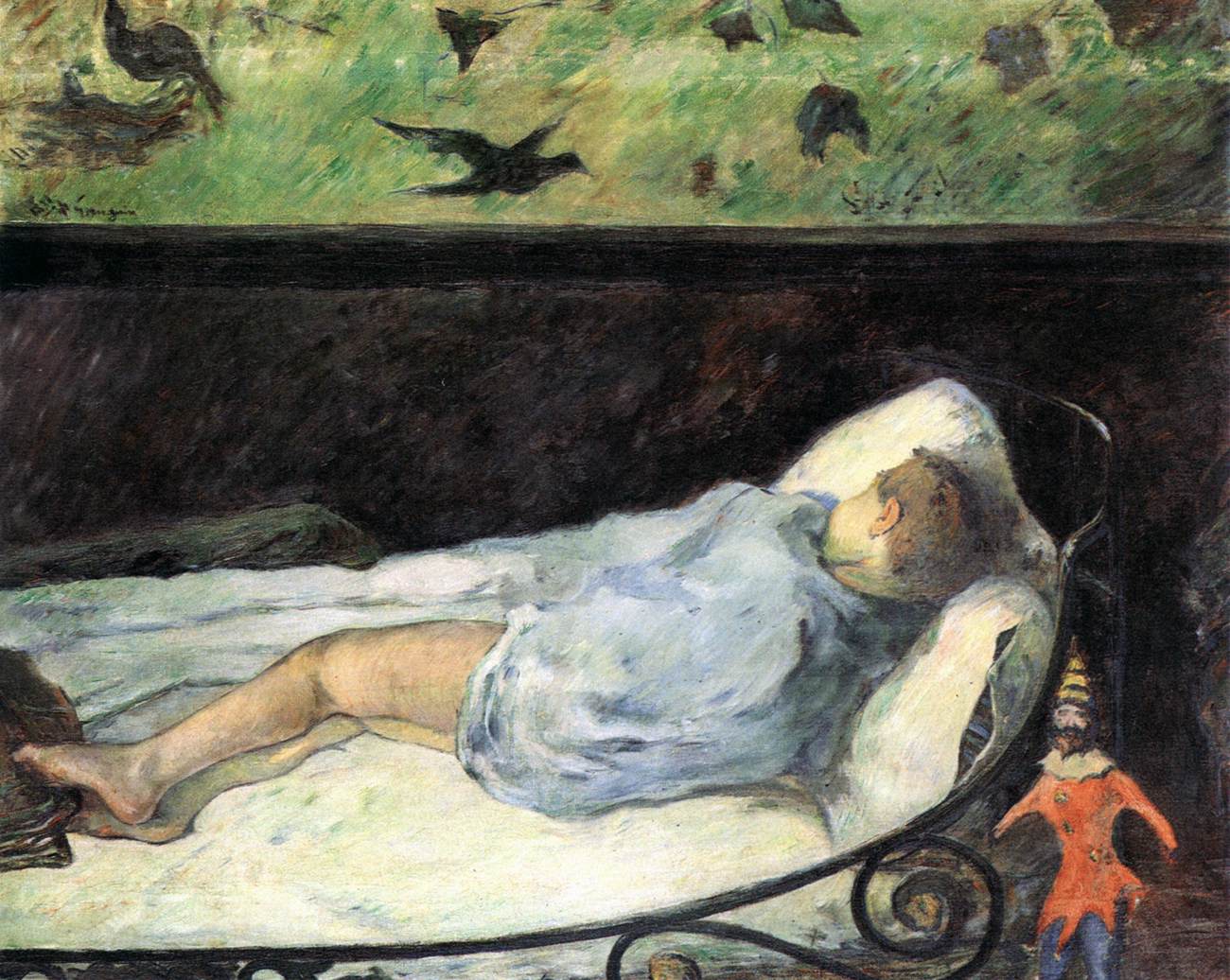Description
Paul Gauguin's Sleeping Boy painting is a work that stands out for its artistic style, which moves away from the standards of impressionism and is closer to the shapes and colors of Polynesian culture. The composition of the work is simple but effective, with the sleeping child in the foreground and a dark background that highlights his figure.
Color is one of the most interesting aspects of this painting. Gauguin uses a palette of bright, saturated colors that reflect the intensity of light and the colorful nature of Polynesia. Reddish, yellow and green tones blend harmoniously and create a vibrating visual effect.
The history of the painting is also fascinating. It was made by Gauguin during his stay in Tahiti, where he sought to escape Western life and find inspiration in Polynesian culture and nature. Sleeping Boy is one of the most emblematic works of this period, representing the search for beauty and harmony in an exotic and unknown environment.
But there are lesser-known aspects of this work that are also interesting. For example, the boy in the painting is believed to be the son of one of Gauguin's lovers in Tahiti, and that the artist portrayed him sleeping in his home. Furthermore, the position of the child in the painting is similar to that of a figure in a Polynesian wooden sculpture that Gauguin kept in his studio.
In short, Sleeping Boy is a work that combines Gauguin's personal and exotic vision with the aesthetics and colors of Polynesian culture. It is a painting that conveys a sense of peace and harmony, but also of mystery and exoticism, and it continues to fascinate viewers more than a century after its creation.

